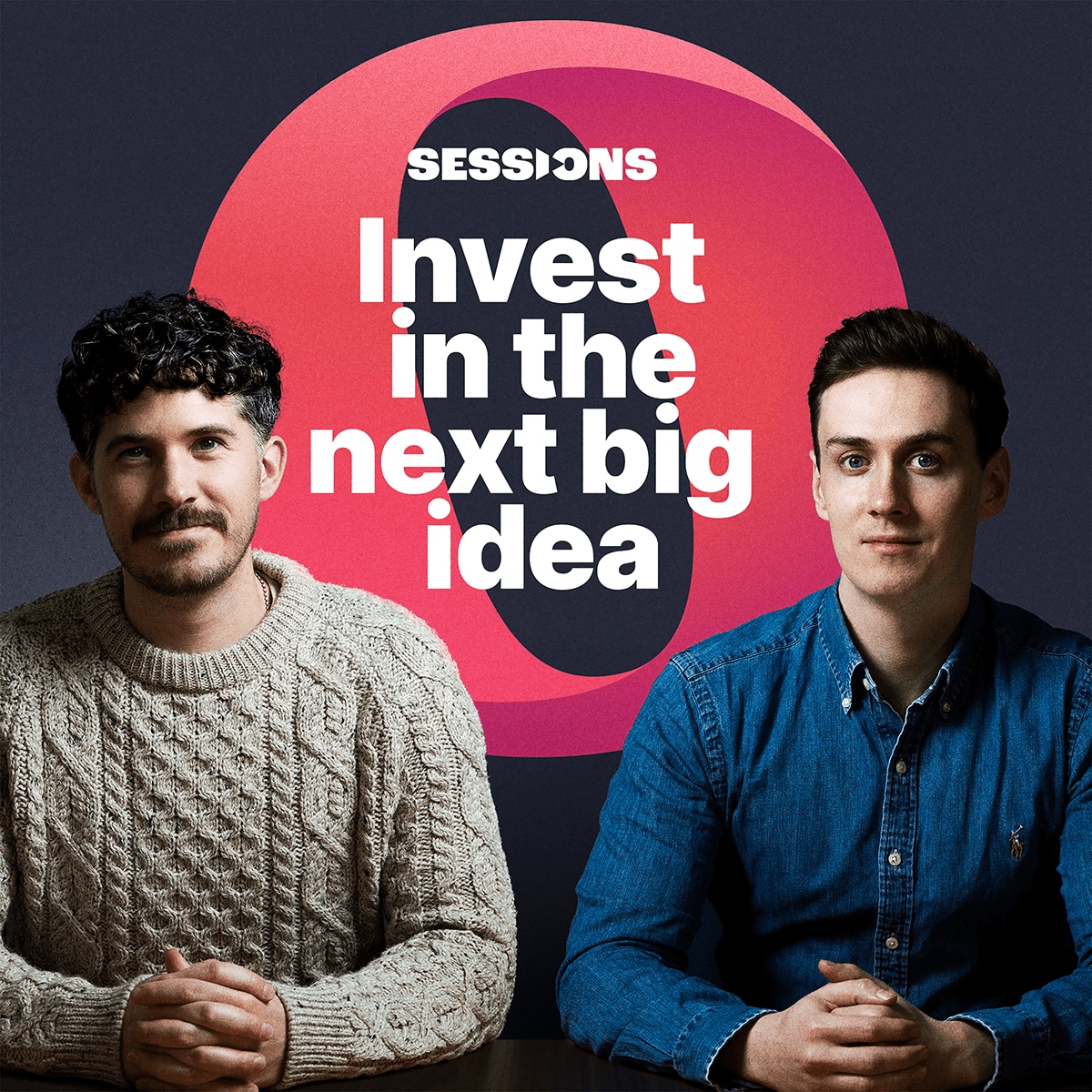Adam Swick is Chief Growth Officer at Marathon Digital [MARA], the world’s largest bitcoin mining company by market capitalisation. He previously worked at Refinery Ventures, where he played a crucial role in driving growth strategies for their entire portfolio, and before that, at cryptocurrency exchange Kraken, where he was Director of Strategic Finance.
Founded in 2010, Marathon has undergone several transformations. It started, says Swick, as a physical mining company, and pivoted several times through real estate and patent control before setting its sights on bitcoin mining in late 2017.
As of 30 June, Marathon has a hash rate of 31.5 exa hashes per second (EH/s), meaning that its miners can attempt 31.5 quintillion solutions to the cryptographic challenges that create new blocks every second. This is equivalent to 5% of the total compute power across the whole Bitcoin network, says Swick. In other words, “We are 5% of the blockchain miners”.
Marathon’s target is to increase its hash rate to 50 EH/s by the end of the year. “This is an incredible amount of growth, but we have line of sight to do it and just have to execute.”
“We are 5% of the blockchain miners.”
Accounting for Bitcoin
Marathon’s revenue increased 223% to $165.2m in Q1 2024. However, unlike traditional businesses, Marathon’s revenue is not the upper limit of its net income.
Marathon holds a large amount of bitcoin: “Last I checked, we had 17,857 bitcoin on the balance sheet,” says Swick.
“If you look at our Q1 numbers, you’ll see a huge increase in net income, which was driven by a favourable mark-to-market adjustment for the digital assets that we hold.”
Historically, he explains, accountants always had to mark down the value of bitcoin held on balance sheets to the lowest value they reached at any point in an accounting period.
“If the bitcoin price went down to $30,000, we had to mark [the value of each bitcoin held] down to $30,000 on the balance sheet, but if the bitcoin price went up, we could not mark it back up.”
However, in December 2023, the Financial Accounting Standards Board issued an update to its rules regarding the accounting and disclosure of crypto assets. The update requires that businesses measure crypto assets at fair value for each reporting period, with changes in fair value recognised in net income.
“In Q1, we marked our bitcoin to the fair market value.” Thanks to the current accounting rules, “a lot of that is then captured in net income.”
Consequently, Marathon was able to post a net income of $337.2m for Q1, an 184% increase from the year-ago quarter.
The Key to a Marathon: Energy Management
One of Marathon’s objectives as a company is to assist with the energy transition. Its computing operations are zero-emission, and according to its website, the company strives for its data centres “to derive as much of their power as possible from sustainable, non-carbon-emitting power sources”.
Energy is the key cost for a miner like Marathon, and it is constantly looking for the most efficient ways to harness energy. This involves extensive use of renewables, such as wind and solar. The company aims to eventually reach 100% carbon neutrality.
“Historically, we’ve done things like partner with wind farms and located behind the meter, meaning we’re taking the electrons straight out of the wind farm, so they don’t have to flow through the grid.”
Solar, says Swick, is constantly under evaluation. The question regarding solar is what creates the most shareholder value: owning a solar farm or partnering with one.
“To date, it’s been partnering; in the future, that may change.”
Filling Seats
Swick believes that miners could start to own their power-producing assets in the future but that, conversely, power producers could start to own crypto-mining outfits. He envisages a world in which, at any given moment, the optimal use for a given electron could be either powering bitcoin-mining operations, charging a battery, or sending it to the grid, depending on efficiency and demand.
He likens it to an airline operator having a customer who offered to buy every empty seat on a flight at a discounted price.
“If somebody else wants the seat, great, you can sell it to them; they can have the seat. But as soon as a seat opens up, I’ll buy that one too.
“That’s basically what bitcoin miners have been doing for a long time: finding those unused seats. If you were a solar farm or an airline operator, you’d love that; if you were a government running a grid, or if you have flare gas out in the middle of nowhere, that is a lot of empty seats.
“Partnering with people who have energy problems is the big future here.”
Continue reading for FREE
- Includes free newsletter updates, unsubscribe anytime. Privacy policy


